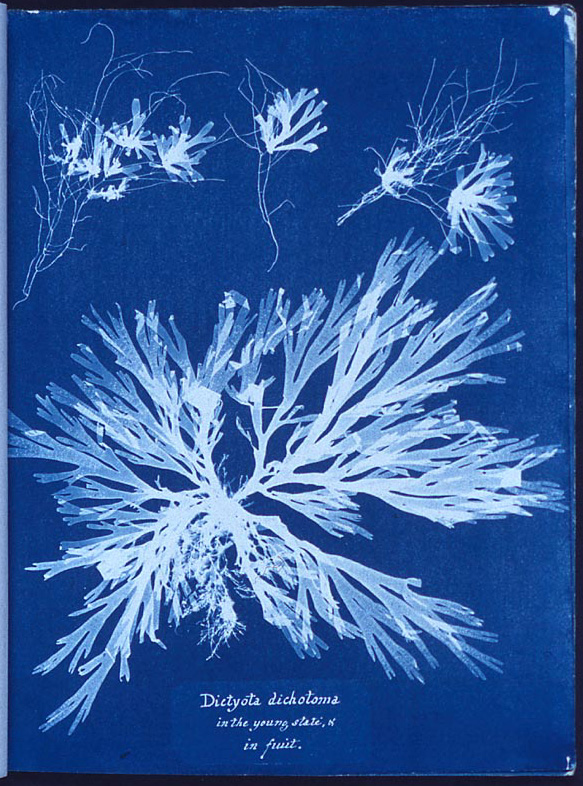Seaweed collecting on:
[Wikipedia]
[Google]
[Amazon]
Seaweed collecting is the process of

Digitised seaweed collections
at the Brooklyn Museum Phycology Collecting
collecting
The hobby of collecting includes seeking, locating, acquiring, organizing, cataloging, displaying, storing, and maintaining items that are of interest to an individual ''collector''. Collections differ in a wide variety of respects, most obvi ...
, drying, and pressing seaweed
Seaweed, or macroalgae, refers to thousands of species of macroscopic, multicellular, marine algae. The term includes some types of ''Rhodophyta'' (red), '' Phaeophyta'' (brown) and ''Chlorophyta'' (green) macroalgae. Seaweed species such as ...
. It became popular as a pastime in the Victorian era
In the history of the United Kingdom and the British Empire, the Victorian era was the reign of Queen Victoria, from 20 June 1837 until her death on 22 January 1901. Slightly different definitions are sometimes used. The era followed the ...
and remains a hobby
A hobby is considered to be a regular activity that is done for enjoyment, typically during one's leisure time. Hobbies include collecting themed items and objects, engaging in creative and artistic pursuits, playing sports, or pursuing other ...
today.
History of seaweed collecting
Collecting seaweed can be traced back to at least the 17th century with the pressings found inHans Sloane
Sir Hans Sloane, 1st Baronet, (16 April 1660 – 11 January 1753), was an Irish physician, naturalist, and collector. He had a collection of 71,000 items which he bequeathed to the British nation, thus providing the foundation of the British ...
's Herbarium.
The pastime became increasingly popular during the Victorian Era
In the history of the United Kingdom and the British Empire, the Victorian era was the reign of Queen Victoria, from 20 June 1837 until her death on 22 January 1901. Slightly different definitions are sometimes used. The era followed the ...
, where it played to the burgeoning interest in natural history
Natural history is a domain of inquiry involving organisms, including animals, fungi, and plants, in their natural environment, leaning more towards observational than experimental methods of study. A person who studies natural history is cal ...
and collection in general. It was especially fashionable with young women, as it allowed a greater level of personal freedom. Indeed, it was so in-style that, as a young girl, Queen Victoria
Victoria (Alexandrina Victoria; 24 May 1819 – 22 January 1901) was Queen of the United Kingdom of Great Britain and Ireland from 20 June 1837 until Death and state funeral of Queen Victoria, her death in January 1901. Her reign of 63 year ...
created her own seaweed album. The materials needed for the hobby became readily available at seaside shops. These activities also afforded women the opportunity to display their understanding and appreciation of the natural world.

Anna Atkins
Anna Atkins (; 16 March 1799 – 9 June 1871) was an English botanist and photographer. She is often considered the first person to publish a book illustrated with photographic images. Some sources say that she was the first woman to create a ...
, thought to be the first female photographer, published the first book using photographs as illustrations. This was ''Photographs of British Algae: Cyanotype Impressions'' and contained pictures of seaweed.
The actions of some of the collectors earned them recognition and admiration from their male, professional counterparts.
These Victorian collections form valuable historical resources for morphological studies and from which genomic
Genomics is an interdisciplinary field of molecular biology focusing on the structure, function, evolution, mapping, and editing of genomes. A genome is an organism's complete set of DNA, including all of its genes as well as its hierarchical, ...
DNA
Deoxyribonucleic acid (; DNA) is a polymer composed of two polynucleotide chains that coil around each other to form a double helix. The polymer carries genetic instructions for the development, functioning, growth and reproduction of al ...
can be extracted.
Seaweed collecting equipment
In his 1881 book, A.B. Hervey recommended the following equipment for collecting and pressing seaweed.See also
* History of phycology *Phycology
Phycology () is the scientific study of algae. Also known as algology, phycology is a branch of life science.
Algae are important as primary producers in aquatic ecosystems. Most algae are eukaryotic, photosynthetic organisms that live in a ...
References
{{Reflist, 2External links
Digitised seaweed collections
at the Brooklyn Museum Phycology Collecting